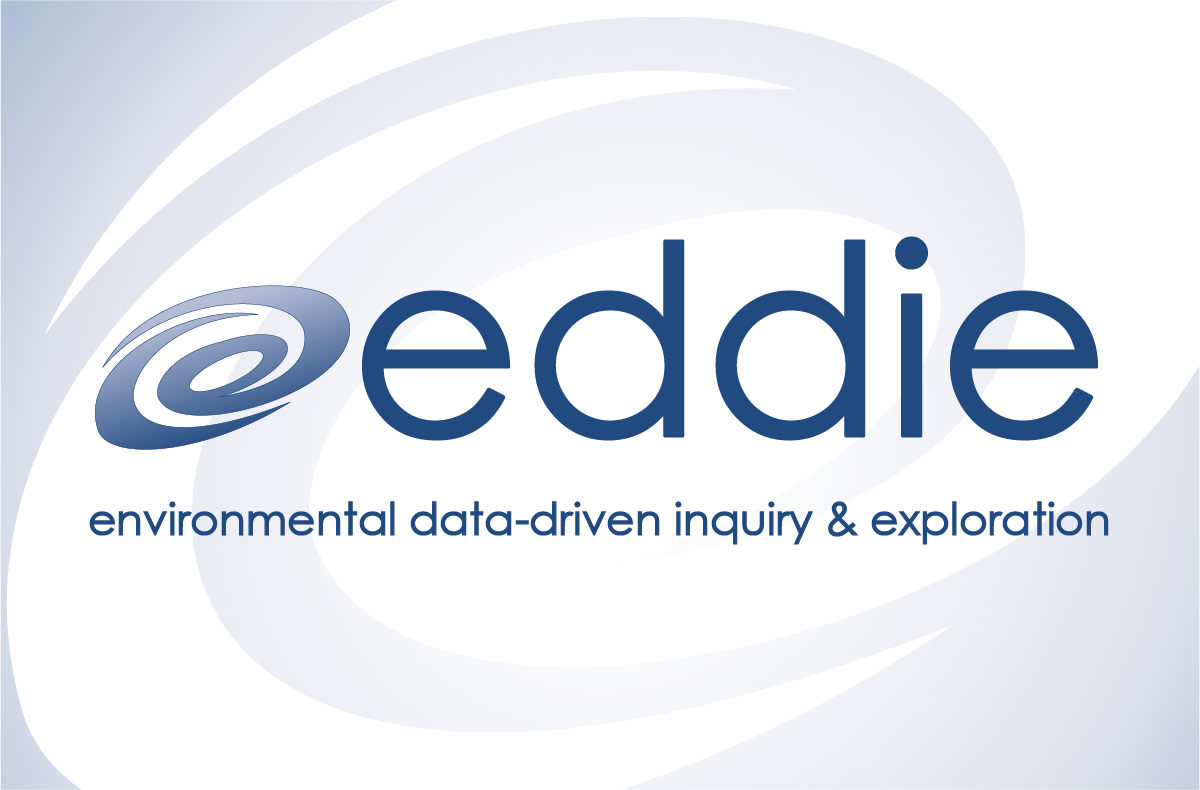Project EDDIE Faculty Mentoring Network Spring 2020
Selected Modules
These are the selected modules for this Faculty Mentoring Network (FMN). During the Spring 2020 semester, participants will adapt and implement portions from two of the following into their classrooms. These modules cover a range of earth and environmental science topics, so please select the activities that will fit best into your course curriculum. All EDDIE modules are built with an A-B-C structure that makes them flexible and adaptable to a range of student levels and course structures.
- Climate Change Effects on Lake Temperatures The overarching goal of this module is for students to explore new modeling and computing tools while learning fundamental concepts about how climate change will affect lakes.
- Cross-scale Interactions In this module, students will learn how to set up a lake model and "force" the model with climate and land use scenarios to test hypotheses about how local and regional drivers interact to promote or suppress phytoplankton blooms in different lakes. The overarching goal of this module is for students to explore new modeling and computing tools while learning fundamental concepts about how lake phytoplankton blooms occur through cross-scale interactions.
- Teleconnections In this module, students will learn how to set up a lake model and "force" the model with climate scenarios to test hypotheses about how far-away drivers interact with local lake characteristics to affect lake temperatures and ice cover in different lakes. The overarching goal of this module is for students to explore new modeling and computing tools while learning fundamental concepts about how teleconnections affect lake temperatures and ice cover.
- Stream Discharge Module In this module, students explore real-time stream discharge data available from the United States Geologic Survey. Students use this data to assess changes in discharge with time, calculate flood frequency, and see the effects of urbanization and flood control.
- Soil Respiration Soils hold more carbon (C) than any other component of the terrestrial biosphere! In this module, students will explore high-frequency, sensor-based datasets documenting climate variables and the emissions of C (as CO2) from soils to the atmosphere, and learn about drivers and patterns of soil respiration.
- Lake Mixing In this module, students will explore spatial and temporal patterns of lake mixing using high-frequency temperature data from lakes around the world. They will also explore how increases in air temperature affect thermal stratification by interpreting output from a lake model.
- Climate Change We do not know how various factors will respond to the current rapid rate of temperature change, and thus we anticipate that many species will not be able to adapt, leading to widespread extinction. In this module, students will explore how climate is changing from the recent record. They will then compare current patterns to pre-historic rates of change calculated from ice-core data and use their results to support whether or not human activity is likely to have influenced current climate change.
- Water Quality This module engages students in exploring factors contributing to the variability of nitrate in surface waters; one of the most common contaminants found in US rivers.
- Spectral Seismology This module will engage students using seismic and acoustic signals available through Incorporated Research Institutes for Seismology (IRIS) in the manual manipulation of waveforms with the goal of developing students' ability to go beyond basic terminology.
